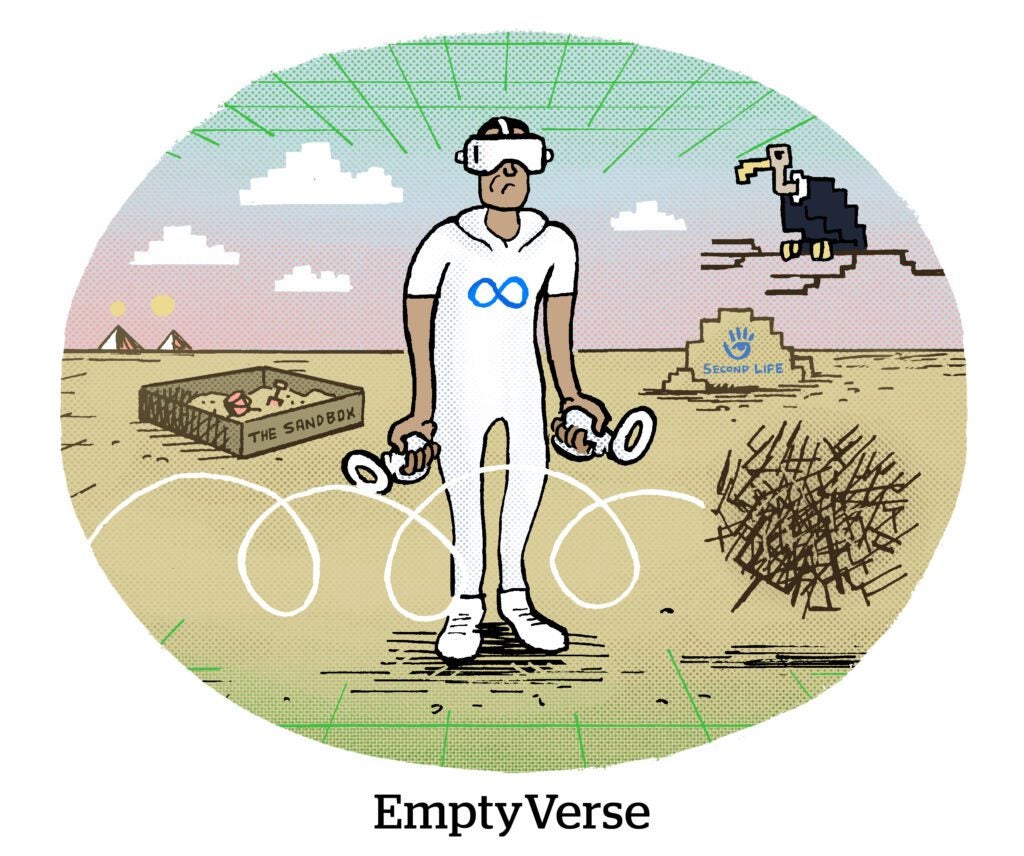Hope you had a peaceful Sunday.
If you’re a Facebook advertiser, though, that may not have been the case.
A bug or error in Meta’s ad system caused campaigns to overspend by more than double their daily spending cap during the wee hours of the morning on Sunday, according to numerous complaints on Twitter, LinkedIn and shared directly with AdExchanger.
Due to the nature of cost capping, some brands lost only hundreds, thousands or tens of thousands of dollars. But for some larger brands, Meta overspent by hundreds of thousands.
This error is the latest and greatest in a long series of platform bugs affecting Meta advertisers over the past year and a half. Beyond the tech itself going screwy, account service layoffs at the company (and other Big Tech businesses) exacerbate the problem, because advertisers have little recourse when something crops up and Meta takes longer to fix the problem.
Meta had yet to weigh in with advertisers as of start of business on Monday morning.
More than 10 brand and agency advertisers, some of whom are brand marketers who spend tens of millions of dollars per year on Facebook, others are agency buyers who represent ecommerce and consumer brands, tell AdExchanger they are waiting in the dark with next to no feedback from Meta by the beginning of the day on Monday.
“A technical issue that has been resolved caused ad delivery issues for some advertisers,” is the only on-record statement Meta gave to a list of questions submitted by AdExchanger about the incident.
Wait, so what happened?
The long and short is that between roughly 2 a.m. and 8 a.m. EDT on Sunday, the Meta ad platform began over-serving ads like crazy, reaching and blowing past daily spending maximums at times when campaigns (like the customers) are usually dormant.
The ad serving issue was resolved as of midnight, according to Meta’s ads manager status page. But the only communication from the company was a brief tweet by Yoni Levy, who leads Meta’s marketing solutions group for enterprise ecommerce customers.
What advertisers do know is that the overspending occurred primarily on Facebook and via the Audience Network, with only a relatively small amount on Instagram. Meta shut down the Audience Network on Sunday as it dealt with whatever fire had gotten out of hand in its backend code.
Still, many agencies and brands are holding back their campaigns until they’re sure the issue is fixed – and that isn’t simply due to wariness of the platform misfiring again, said one DTC brand marketer.
The glitch, or whatever it was, causes real campaign budget to be spent, and that money hasn’t been refunded yet. Although the marketer said he does expect to be mostly refunded by Meta eventually, he can’t go back to the well for more budget in the meantime.
What now?
No doubt Meta’s engineers are scurrying as advertisers continue to wait for official feedback from Meta.
Two agency CEOs shared emails they received from Meta account service execs, who imply that advertisers can expect refunds, but not for the entire spend. It appears that Meta will identify a timeframe when the overspending error occurred and refund overspent dollars during that span. But impressions that were legitimately served and were within the daily cost caps are unlikely to be refunded, advertisers told AdExchanger, even if those impressions are disputed by the brand and can be shown to have contributed little to the campaign ROI metrics.
The outcry on Sunday came from ecommerce advertisers, who tend to be smaller social-first brands. In the past, smaller brands have been the victims of Meta ad platform bugs that didn’t affect the bigger brands, which get their own enterprise-level consultative service from Meta.
“The DTC and ecommerce types are loudest and are the ones that feel it first,” one agency CEO told AdExchanger. “But I have major CPG brands too that are seeing the same, [they’re] just quieter working behind the scenes and manage their outrage more diplomatically.”
Rock and hard place
Meta is dealing with a dangerous two-sided problem, a bit like trying to choose which end of a scorpion to tackle.
On the one hand, there’s the financial scale of Sunday’s error. If the issue affected only the dozen or so advertisers who shared campaign information with AdExchanger, it would be a multimillion-dollar issue. Considering the thousands, if not tens or hundreds of thousands of accounts affected, including some of the highest-spending advertisers in the world, this could be a nine-digit refund package.
The other problem – and this is the bigger problem – is the destitution of Meta’s customer service and ad platform management.
Last November, just before Black Friday, ecommerce and retail advertisers reported a wave of Meta account bugs. In many of those instances, the platform wasn’t letting brands increase spend. At the time, agencies worried that layoffs at Meta were making it hard for the platform to respond to customers or address bugs.
Since then, Meta has laid off more than 10,000 people, including large reductions in account services and technical platform operations. The company now defaults in many cases to technology that automates the function. This was part of a business re-org for 2023 that CEO Mark Zuckerberg framed to investors as “the year of efficiency.”
And here we are today, more than 24 hours after Meta’s biggest advertising system failure ever, according to many who spoke with AdExchanger. We’re talking about advertisers who’ve spent hundreds of millions on Facebook media waiting for … someone, anyone, to say something.
“Buehler?” said one CMO who spends between $75 million to $100 million per year on Facebook, when asked what he’s heard from his Meta reps. “Buehler? Buehler?”















